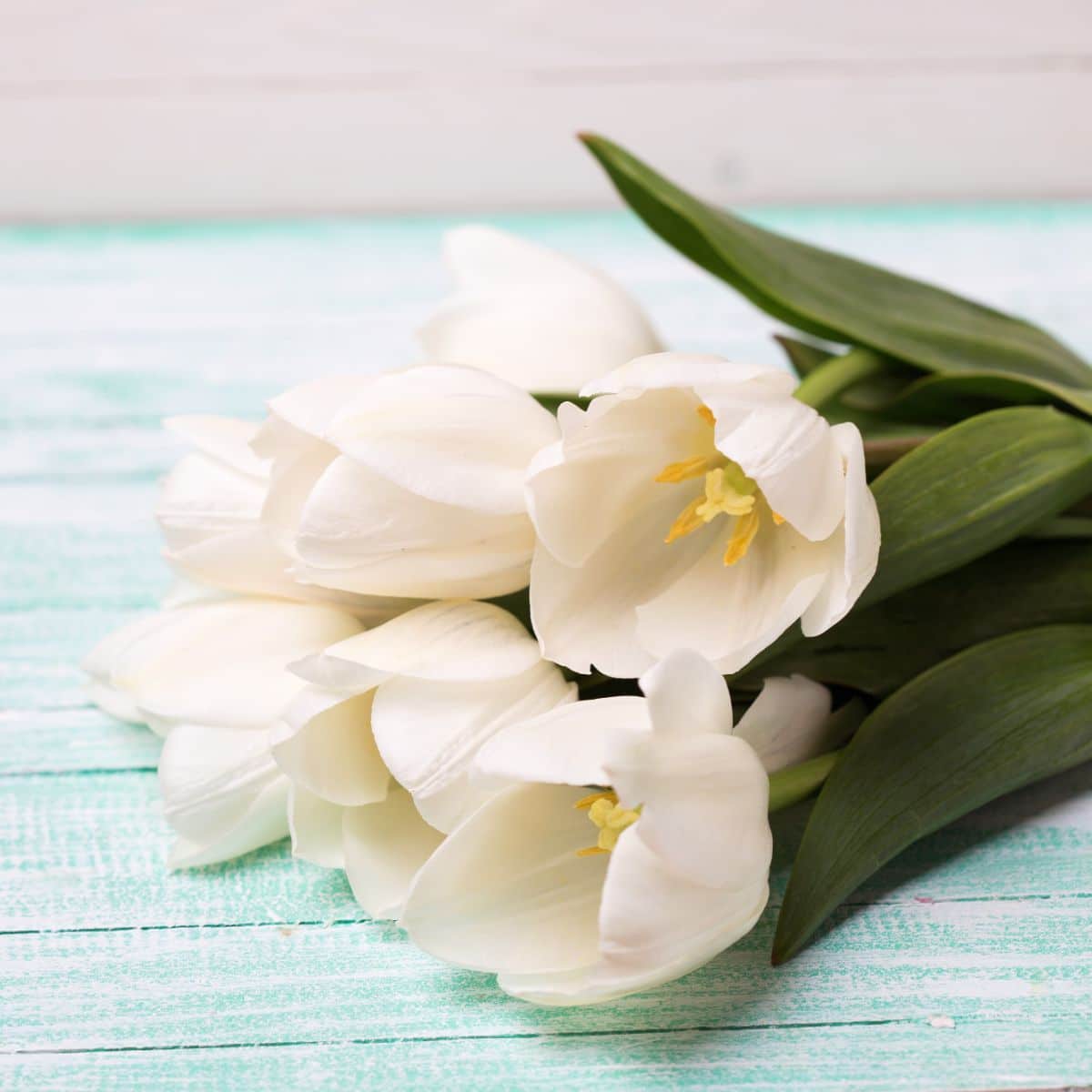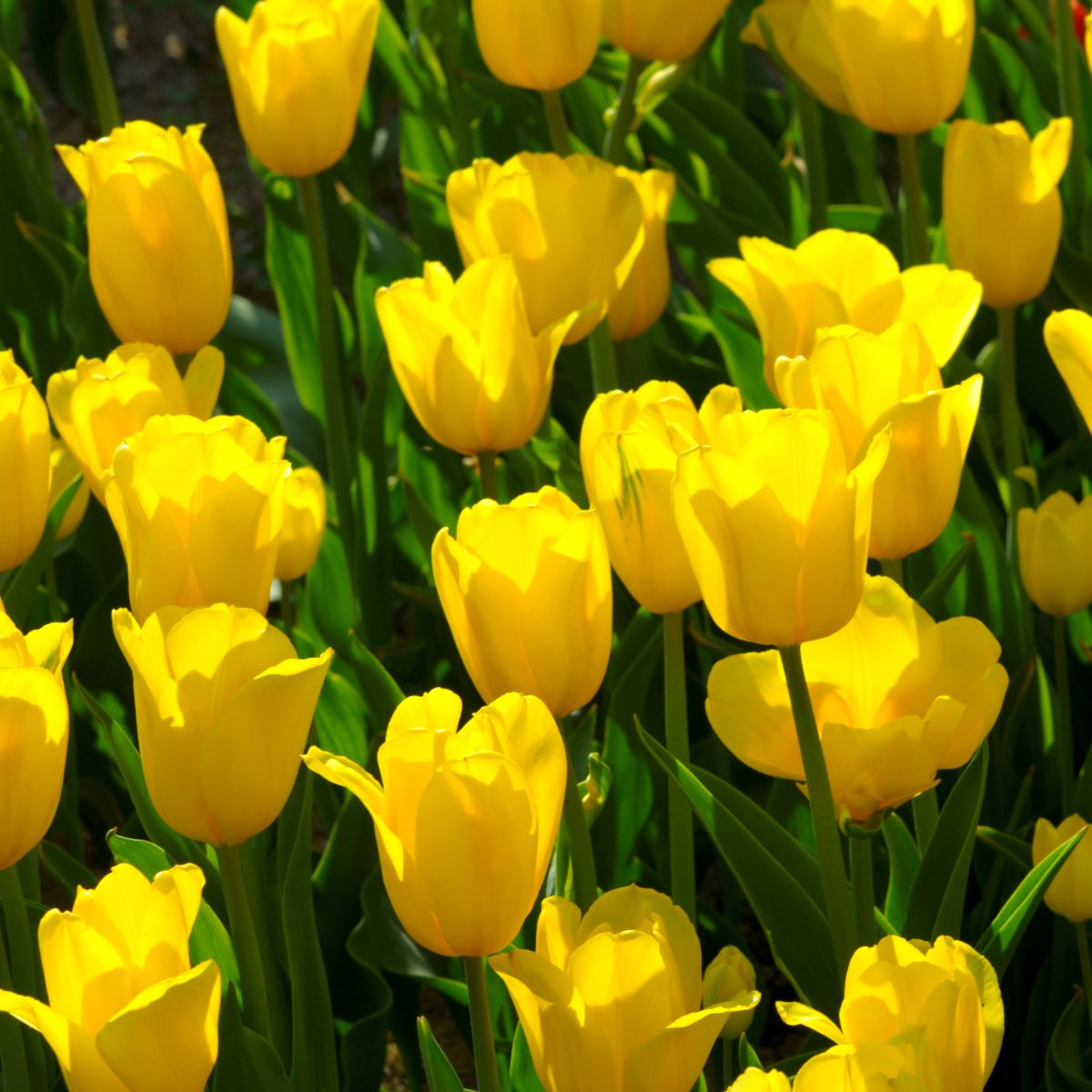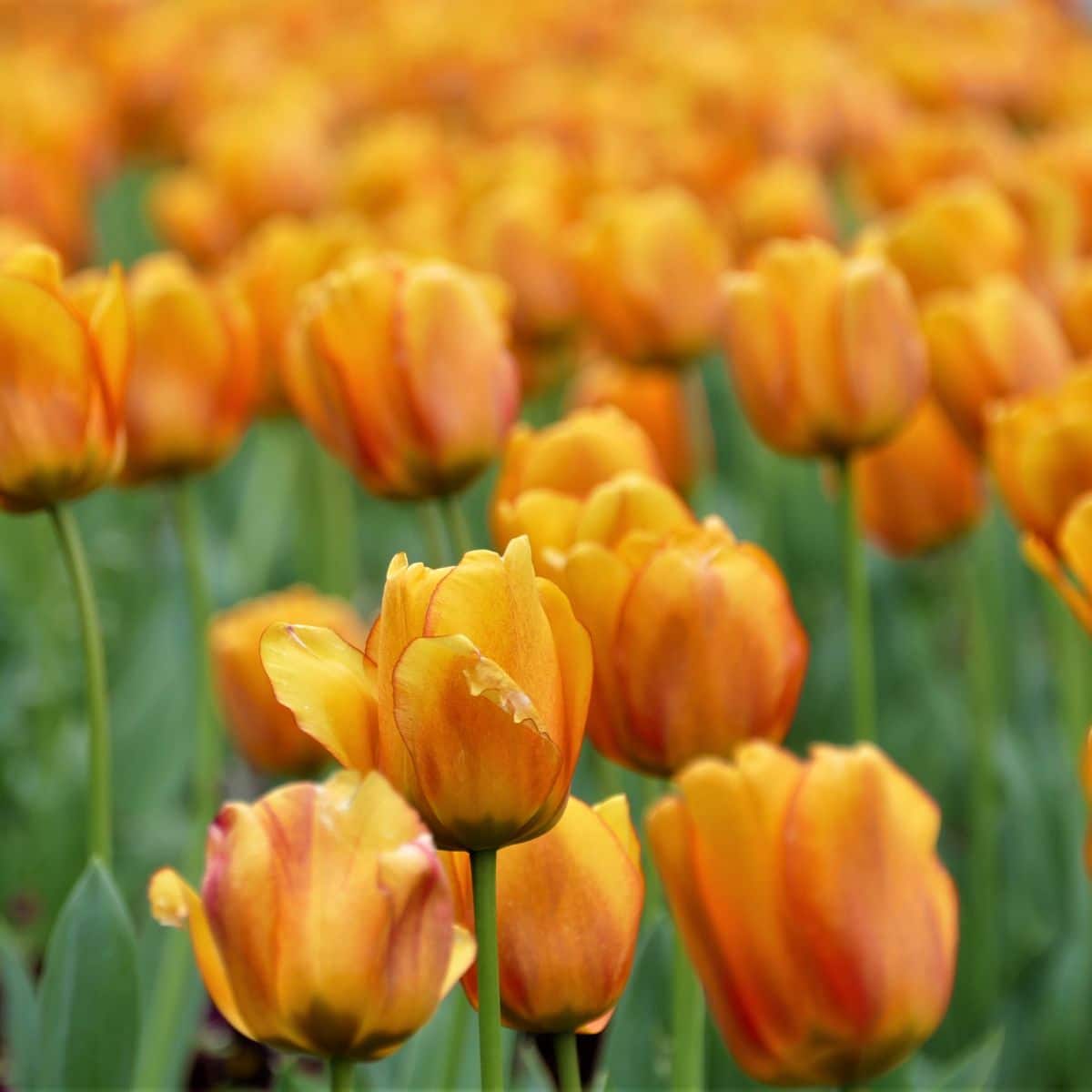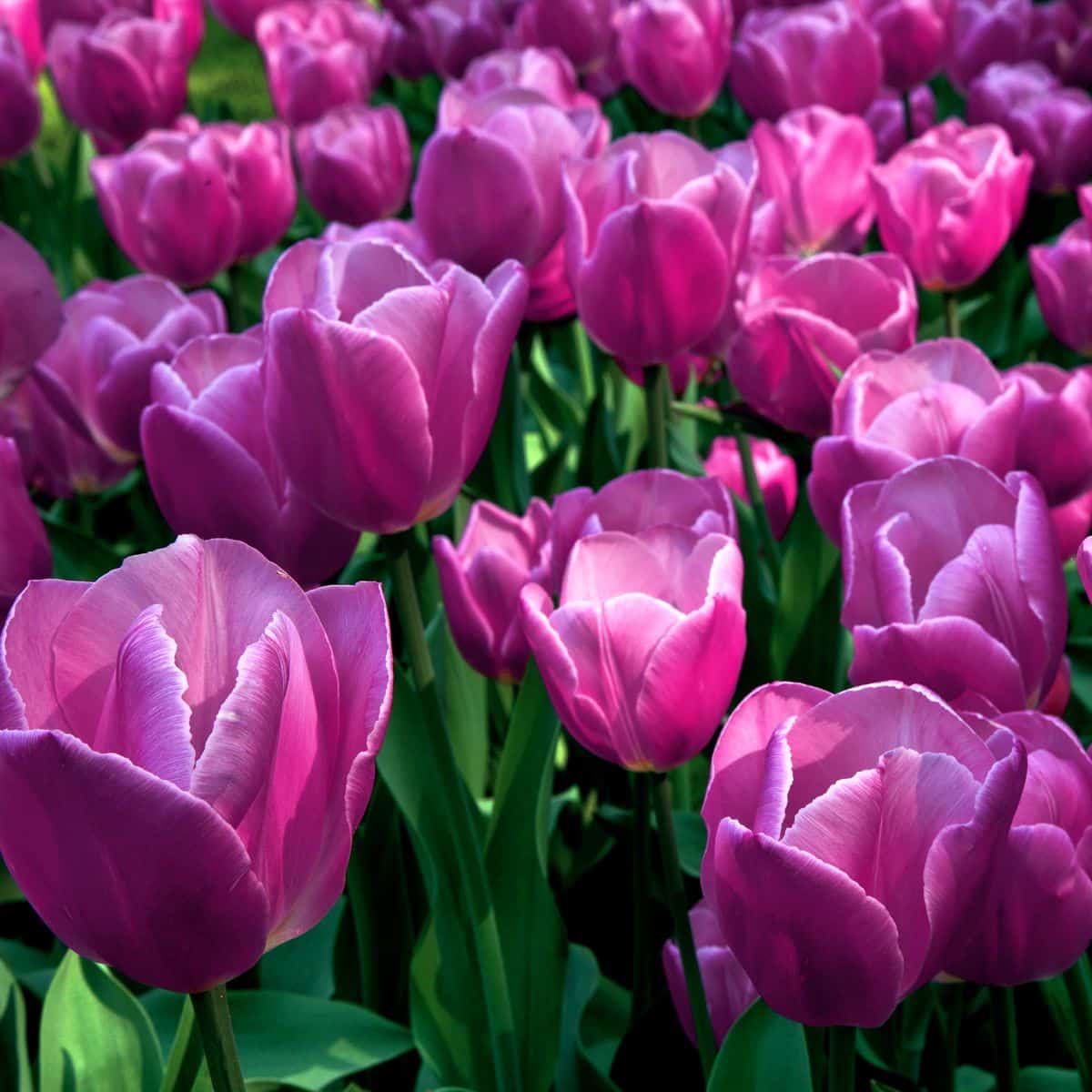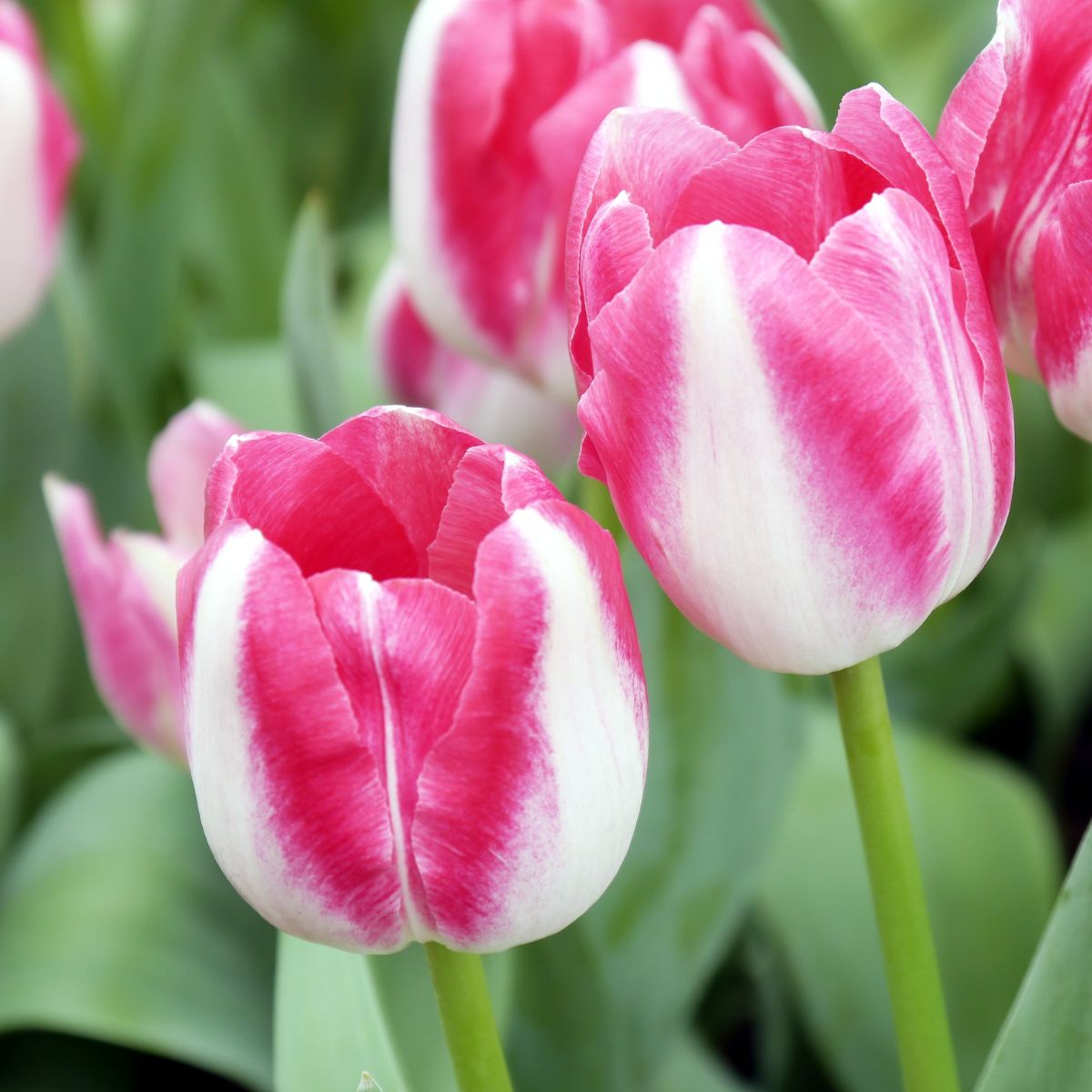What is the spiritual meaning of tulip flowers?
Short answer – tulips are more than just flowers – their long-standing cultural and spiritual significances have lasted for centuries. Considered a token of love, luck, faith, and innocence in many different countries, tulips come in a variety of colors that all represent different emotions or feelings. Symbolizing perfect love, power, and spirituality, tulips can be used to bring comfort, joy, and hope.
Introduction
Tulips are beautiful and vibrant flowers that are treasured by gardeners across the globe.
They have long been admired for their beauty and elegance, but the spiritual meaning of tulips is often overlooked.
Tulips are often thought to be native to Holland, but they actually originated in Central Asia. They were first cultivated by the Ottoman Empire during the 16th century. From there, they spread to other parts of Europe, where they eventually became popular in Holland.
Through their varied colors, shapes, and sizes, tulips are believed to be a source of inspiration for many.
Alexandre Dumas even said, “the tulip is the loveliest of all flowers. So whoever despised the tulip offends God immeasurably.”
Spiritual Meanings of Tulips:
The symbolism of Red Tulips
Red tulips represent strength and determination, as well as passion and ambition. Red is also a color that evokes feelings of power and courage – all qualities which also come into play in terms of spirituality.
Red tulips can also represent physical growth (in terms of plants) and cognitive progress (in terms of humans). For instance, giving out a bouquet of red tulips could imply blooming in both senses, i.e., embracing growth on every level.
Their ephemeral nature makes them perfect symbols for embracing change and seeing each ending as an opportunity for something new and exciting to enter our life instead of clinging to what once was.
The symbolism of White Tulips
White is traditionally associated with purity and innocence, which is why white tulips are often considered a symbol for forgiving someone for wronging you or giving someone else a second chance at redemption, regardless of how much damage was done before.
White color represents divine energy being present in all creation, yet beyond language or physical description — quite simply put – it’s the ability for something greater than oneself to manifest itself into reality, whether tangible or intangible form.
The symbolism of Pink Tulips
Pink is a color that typically embodies carefree joyfulness, which has led to pink-colored tulips being viewed as symbols of confidence in self-expression along with all the good things that come with it, such as positivity and optimism towards life’s challenges and opportunities alike.
Pink tulips also symbolize friendship between two people. Friendships are treasured just like romantic relationships and should be celebrated by giving each other thoughtful gifts throughout the year.
A single stem of pink tulip presented on any special occasion is enough to let your friend know that you appreciate them and cherish their presence in your life.
The symbolism of Yellow Tulips
Yellow is typically seen as an uplifting color associated with happiness, so naturally, yellow tulips can symbolize cheeriness or even sunshine during dark times if looked upon positively enough.
Yellow tulips aren’t just gifted between friends. They also show appreciation towards everyone else in our lives who help us along, including teachers, mentors, and employers, just to name a few.
Expressing gratitude has never been easier when using this charming bloom – why not surprise someone you care about with their bunch today?
The symbolism of Orange Tulips
Orange overall can represent feelings of friendship coupled with enthusiasm, especially when presented together in orange-colored flower bouquets, like those featuring orange tulips.
A bouquet of orange tulips also conveys strong feelings of desire and suggests that one has found true love or admiration for someone else.
Aside from love-related symbolism, orange tulips may be used to express friendship between two people or simply to say “thank you” or “I appreciate you” to a loved one or friend.
The symbolism of Purple Tulips
Purple tulips symbolize royalty, wealth, and prosperity.
They also signify knowledge and wisdom – two things needed in relationships if they are to last long-term. Receiving these blooms could tell that your partner values intellectual conversations just as much as physical closeness — a sentiment worth cherishing now more than ever.
As Amelia Brown said: “If a purple tulip could talk, she would say something calm, cool, and wise, without the flash of a soothing balm.”
ALSO READ: Cricket in the House: Spiritual Meanings & Symbolism
The symbolism of Bi-Color Tulips
Bi-colored tulips are unique blooms that feature two distinct colors in one flower.
These showstopping flowers come in various combinations, from mix-and-match shades like orange and purple to more striking pairings like white with purple or red and yellow.
Bi-colored tulips are symbols of perfect love, as the two separate shades combine to create one beautiful flower.
Red and yellow tulips signify optimism and happiness, while red and white blooms represent deep and passionate love.
Purple and white tulips denote wealth, royalty, and aristocracy, which makes them ideal for any garden.
Orange and purple varieties are said to bring luck, success, and joy.
General Symbolism
The Transience of Life – Tulips in Time
The tulip, a perennial bulbiferous plant, is a sign of the relentless march of time and the transient nature of life.
It bursts into vibrant colors in spring, only to fade away and retreat into the earth, waiting for its next cycle of life.
Its life cycle is a reflection of our existence, a recall of our joys, sorrows, triumphs, and failures.
Tulips are frequently associated with the arrival of spring, a season that signifies rebirth and renewal, and each variety makes its appearance and then wilts away, making room for the next.
This cyclical process of birth and rebirth can be seen as a metaphor for human life, where we go through different stages, each with its own significance and beauty.
These flowers, in their ephemeral bloom, teach us the Buddhist principle of impermanence. Nothing lasts forever — not our worries, not our happiness. Accepting this truth can lead to inner peace.
The tulip’s journey through time also resonates with mindfulness. The tulip does not rush its growth nor laments its decay; it simply exists in its current state.
This is a lesson humans can learn from tulips.
To be truly alive in the present moment, to appreciate our current state of being without yearning for the past or future, is at the heart of mindfulness. This is beautifully encapsulated in the life of a tulip.
The Geometry of Divinity – The Sacred Shape
The geometry of a tulip, with its perfect symmetry and elegant form, can be seen as a manifestation of sacred geometry, which is the study of divine proportion and order in nature.
Sacred geometry is seen in the perfect shapes and patterns that form the fundamental templates for life in the universe.
The tulip, in its geometric perfection, expresses this divine order.
In sacred geometry, shapes are not merely two-dimensional figures; they are symbolic representations of deeper spiritual truths.
The tulip, with its cup-like shape, can symbolize receptivity, an open heart ready to receive the divine’s blessings. This resonates with many spiritual traditions that advocate for openness and surrender as a path to enlightenment.
The tulip’s shape also lends itself to the principle of balance.
Its petals, usually numbering three or six, reflect symmetry and harmony, key principles in sacred geometry. This balance can be seen as a representation of interconnectedness, reminding us of our place in the grand scheme of things.
The overall shape of a tulip, from the bulb to the blooming flower, follows a natural pattern of growth known as the Golden Ratio or Phi, a mathematical principle generally found in nature that creates pleasing, harmonious proportions.
This ties back to the idea of divine order inherent in sacred geometry.
The Phoenix of the Flower World
Tulips, known for their vibrant and varied blooms, are indeed the phoenix of the flower world.
As perennials, they have a life cycle that speaks of inner strength.
After their brilliant display in spring, tulips retreat into the earth, and their energy is conserved within the bulb beneath the soil.
When the time is right, they reemerge, blooming with renewed vigor, much like the mythical phoenix rising from its ashes. This cycle is proof of nature’s innate ability for regeneration.
The story of the phoenix, a bird that was said to live for hundreds of years before burning itself on a funeral pyre and rising from the ashes, is a metaphor for transformation. This parallel between the tulip and the phoenix speaks to the potential for renewal inherent in all forms of life.
The tulip’s cycle echoes our experiences. There are times when we, like the tulip in winter, must retreat and conserve our energy. We may face hardships that bury us deep, but these are often the spark for our true journey.
When we emerge from these challenging times, we do so with greater strength, wisdom, and resilience, much like the tulip pushing through the soil to the sun.
ALSO READ: What is the spiritual meaning of the six-pointed star?
Bible Symbolism
Did you know that the Bible does not explicitly mention tulips?
However, according to the Dictionary of Biblical Imagery, what Jesus meant in Matthew 6:28-29, “Consider the lilies of the field, how they grow: they neither toil nor spin,” is actually referring to tulips.
Final Words
Each color of the tulip holds its spiritual meaning – red for passionate love, white for forgiving someone or giving them a second chance, pink for confidence in self-expression, yellow to bring joy and cheer during dark times, and orange to represent friendship with enthusiasm.
They represent something special in their unique connection to our spiritual selves.
ALSO READ: The Spiritual Meaning of Mushrooms Growing in Your Yard
- About the Author
- Latest Posts
John McDonald is a writer living in South Dakota. John is a seeker of truth and knowledge, exploring both ancient and modern information to help find the interconnectedness of the two. He has noticed universal synchronicities from an early age which he uses to gain insight into life’s spiritual symbolism. When John isn’t writing, he enjoys spending time outdoors, going on hikes or to the movies, and trying out new vegan recipes.


